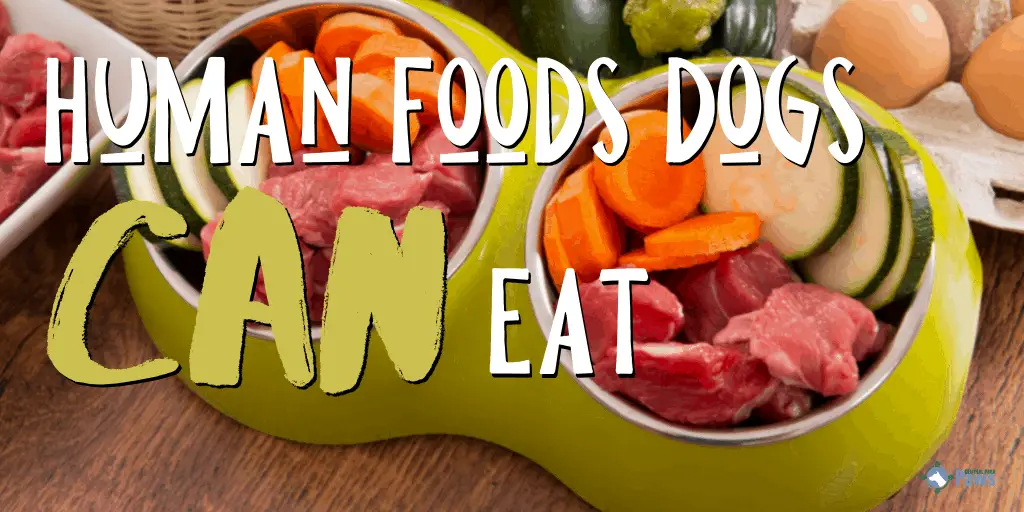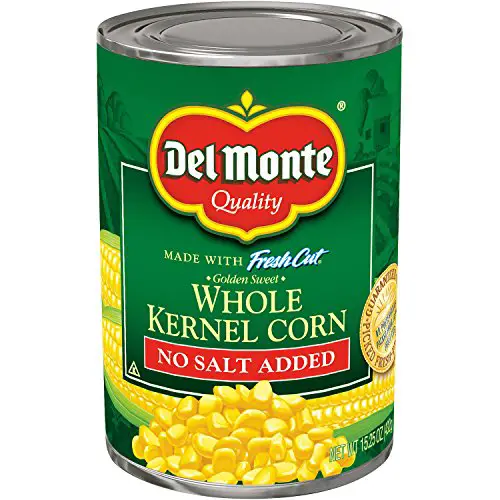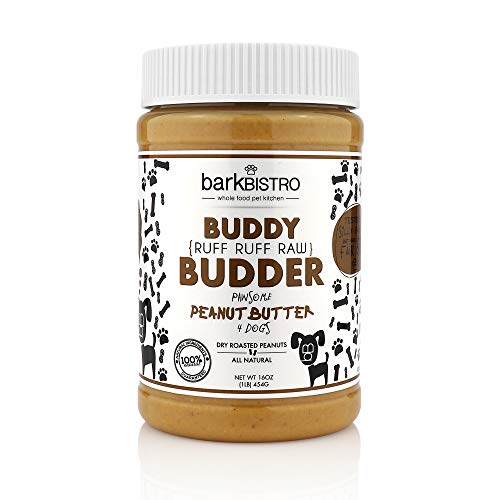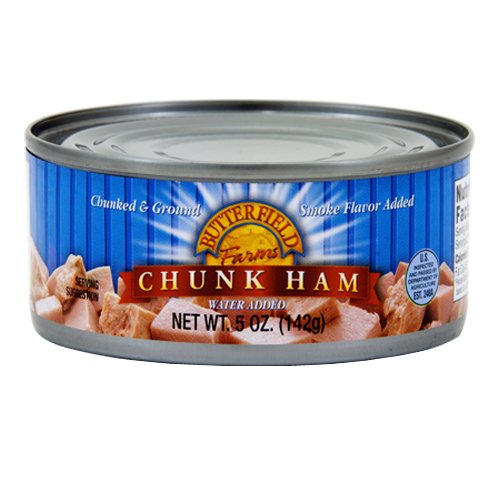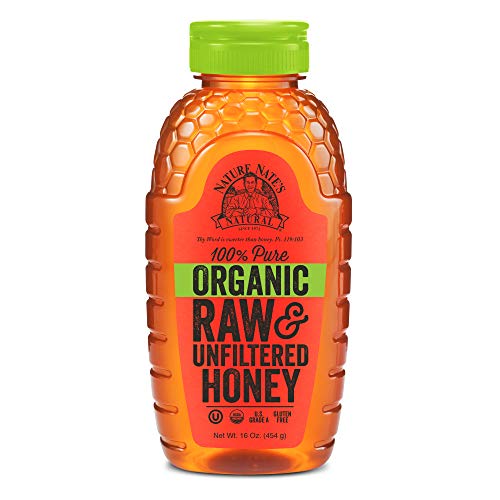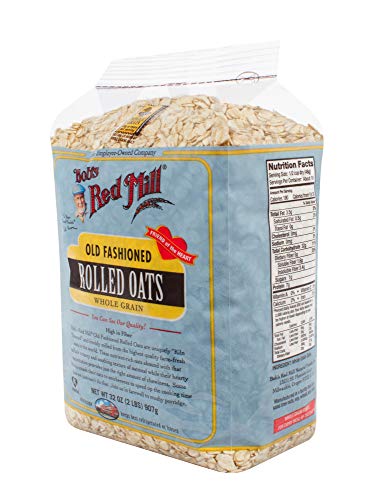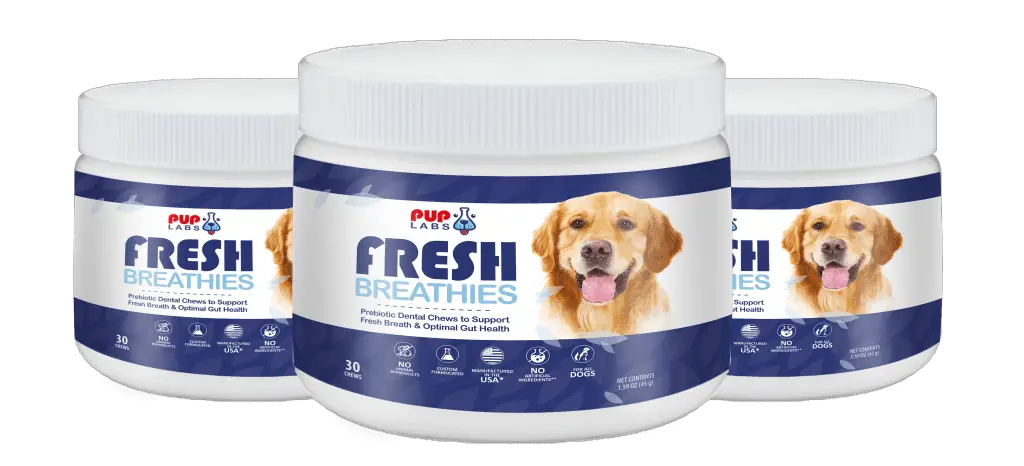Whenever Maggie sees me go into the kitchen at night, she knows that I’m about to pull out all the best food in the house.
She loves watching me cut chicken, fry ground beef, and put meals together.
For some reason, she always believes that she’s going to get a bite of everything that I make, even though she rarely gets human food.
I’m always nervous that if I give her some human food, she’ll eat something that’s terrible for her.
I would hate for my gesture of love to accidentally send her to the emergency vet. Sometimes it’s also nerve-racking when your dog jumps up on the counter and eats something the moment you turn your back.
It’s hard to know what’s good for them and what’s not.
When should you worry and when can you share your dinner?
Read on to learn all about human foods that dogs can eat and are actually good for them.
There are actually many sources of nutrition for dogs beyond kibble or canned food, so see if your dog may be interested in any of these healthy options.
Related: Dog Won’t Eat in the Morning? Here’s Why and What to Do
Foods That Are Good for Dogs
Check out this list of foods that are good for dogs so you can make a quick reference before treating your dog with anything from the fridge or pantry.
Hard or Shredded Cheeses
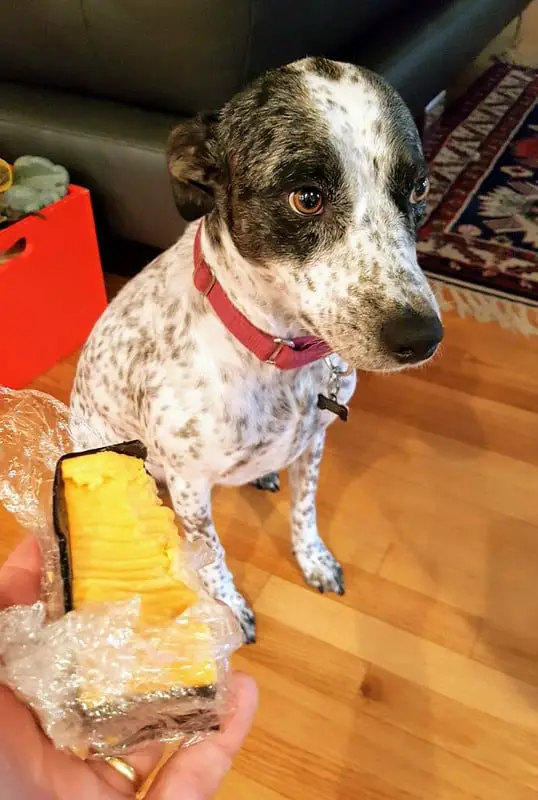
Most of the dogs I’ve ever lived with have gone nuts for cheese.
It didn’t matter whether it was a slice of cheddar or a pile of shredded mozzarella, they’d eat it up without thinking to savor it.
Dogs can actually eat cheese in small quantities at a time.
Some dogs are lactose intolerant, but most will be able to have a bite or two of cheese and be totally fine.
Cheese contains healthy fats that are good for their health, along with calcium from the milk.
Coconut (Milk and Oil)
For centuries, people have used coconut extract as milk and an oil to help their health.
It has lauric acid in it, which makes it a great helper in fighting viruses and bacteria[1].
Dogs can have both forms in small quantities.
It’s most effective when used as an oil and rubbed onto dry, itchy, or irritated skin.
Dogs should never eat the shell of a coconut or have more than a few drops at a time.
The medium-chain triglyceride (MCT) oil within coconut oil can irritate the gut and cause symptoms such as diarrhea[2].
Eggs (Cooked)

You might fry them, scramble them, or boil them, which are all great for dogs.
Cooked eggs are a healthy source of natural protein that isn’t derived from meat, which can sometimes irritate dogs with sensitive food allergies.
Never let your dog eat raw eggs, as sometimes they can contain salmonella.
Raw egg whites are also a hazard. They have an enzyme called avidin that joins with dietary biotin and prevents the absorption of it[3].
Biotin is a vitamin that aids in digestion and metabolism and the health of their skin[4], so a biotin deficiency affects their entire well-being.
Fish (Cooked and Deboned)
There are plenty of different ways to get fish in your diet, whether you like to bake it, fry it, or eat it straight out of a can.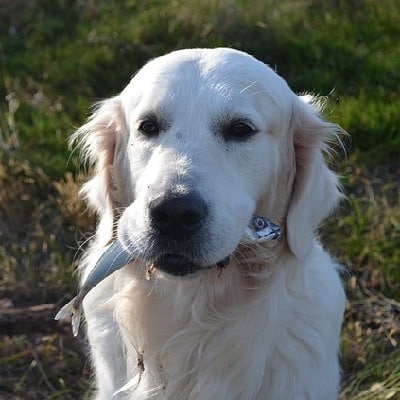
Dogs also love fish, which is great because fish have healthy fats and amino acids.
These ingredients help a dog’s skin and coat health, plus their digestive system.
The only thing to look out for with fish is to make sure your dog never eats it uncooked or gnaw on fish (or deer) bones.
Whole fish snacks and meals should also be limited to only one or two times a week because they’re so packed with nutrients.
Corn Kernels (Steamed, Boiled, or Popped)
You might enjoy corn steamed in the microwave or fresh on the cob.
It’s also one of the most common ingredients in human and dog food, so it’s fine for your dog to enjoy some the next time you grill out.
As long as the corn doesn’t have any seasonings or butter on it, your dog will love it.
A word of warning—it’s safer to give dogs cooked corn kernels instead of a cooked cob. They may bite a chunk off the cob and choke because it becomes soft after cooking.
The next time you sit down for movie night at home and pop a bunch of all natural, unflavored or unsweetened popcorn, feel free to give a handful to your dog.
They’ll love the crunch and the nutrients from the treat.
Peanut Butter (Smooth or Crunchy)
It’s an age old tradition to give your dog a little bit of peanut butter. You might put a dab on their nose or hide it inside a bone.
Peanut butter is a great source of protein and healthy fats, along with vitamins and niacin[5].
When you want to give your dog peanut butter, go for a jar that is unsalted and organic.
Some brands mix their peanut butter with artificial sweeteners, which are toxic for dogs.
A few dog owners may have heard of the various myths that surround the idea of giving your dog peanut butter.
The most popular method is that if you give your dog peanut butter regularly, they’ll die. The answer is much more complicated than this.
The reason why many dogs suffer from eating peanut butter is because they’re given a product that contains xylitol.
Xylitol has become a popular all-natural and sugar-free sweetener that mimics the same taste of sugar. Humans can eat it, but dogs can’t.
If dogs eat large amounts of xylitol, it results in liver failure and seizures, which leads to a quick death[6].
As long as you give your dog all-natural and unsweetened peanut butter, they’ll be fine.
Ham (Sliced or Cubed)
Your dog may show more interest in eating human food when they smell ham cooking in your oven.
They can enjoy a slice or a handful of cubed ham, although it’s meant to be more of a treat than a dietary staple item.
Ham is super high in fat and sodium, which is the same reason why humans usually only eat it on holidays or special events.
It’s a common misbelief that because ham is a natural source of protein, it’s the on the same nutritional equivalence as a piece of chicken. That’s not true.
Be aware that you’ll be feeding your dog food high in fats, which can cause stomach problems in dogs sensitive to fatty ingredients.
A little bit of ham every once in a while shouldn’t do your dog any harm.
Honey
People like to drizzle honey in their tea or on toast, and if you’re ever tempted to let your dog lick it off your finger, you can go ahead and give them the treat.
Honey is full of vitamins, potassium, antioxidants, and calcium[7].
Small amounts help dogs with local allergies and build their immunity to local allergens[8].
A lick or two at a time can be great for dogs, but be aware that any dogs who struggle with blood sugar issues should not have any more than a drop or two at a time.
Honey is known to spike blood sugar[9].
Quinoa (Cooked)
You may have switched to quinoa from brown rice or white rice because it’s a health-friendly option for carb-centric meals.
Your dog can enjoy some quinoa as well and they may already do.
Quinoa is an ingredient in many dog foods because it’s a source of natural carbs[10].
The starches are easy for them to digest, but as always, never give them more than a little bit at a time.
Yogurt
People like to eat yogurt because it helps their gut health.
In small amounts, it can help your dog’s gut as well.
It’s perfect for a little snack and helps to balance the bacteria in their gut because it contains probiotics.
Still, yogurt is a form of dairy, so be careful if your dog is sensitive to lactose. You should also never give your dog any yogurt that has artificial sweeteners.
Read the labels clearly and always go for the most organic option available.
Oatmeal (Cooked)
If you want to whip up some oatmeal for breakfast tomorrow, feel free to share it with your dog.
After you boil it in water, it’s a great source of soluble fiber.
It’s easy for dogs to slowly digest, which means it also won’t spike their blood sugar.
Oatmeal is a natural whole-grain and will sort out any digestive or constipation problems your dog has.
Dogs with wheat allergies can also enjoy oatmeal in small amounts.
As always, never give your dog any oatmeal that has been flavored sweetened or mixed with any other foods.
Carrots
If you have whole carrots in your fridge, your dog would love to have one as a snack.
They’re full of vitamins[11] and serve as a chew toy.
They scrape plaque off your dogs teeth while they chew and help your dog work through teething issues if they’re still young.
Baby carrots are good for smaller dogs but aren’t recommended for larger dogs because they are choking hazard.
For a fun twist, leave whole carrots in the freezer overnight to give your dog a cold chewy toy that’s soothing for inflamed gums.

What to Look For
Whenever you give your dog something new, you should never give it to them and walk away.
They may not eat it correctly, or it could cause issues with their digestive system.
You also never know if they may have an allergy you haven’t discovered yet.
After you give your dog a small taste of a new food, look out for these common symptoms[12]:
- Itching
- Swelling
- Vomiting
- Diarrhea
- Hives
- Wheezing
- Breathing issues
- Inflammation of the paws or ears
- Frequent licking
If your dog shows any symptoms, an easy way to treat this at home is to first stop giving them the food that triggered the allergy.
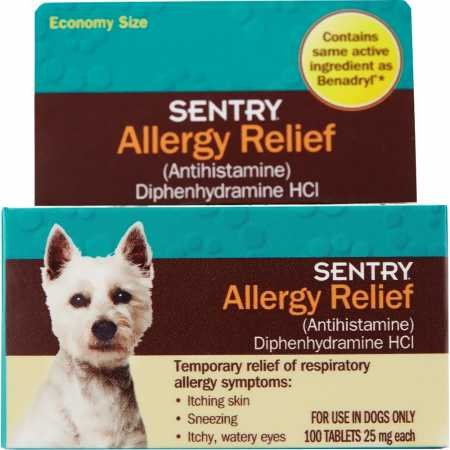
You can also give them small amounts of Benadryl.
The recommended Benadryl dosage is 1 mg per one pound of body weight[13], up to two or three times per day.
Consult your vet before administering this treatment if your dog is already on prescription medication.
If the allergic symptoms make it hard for your dog to breathe, walk, eat, or drink water, it’s time to go to the emergency vet.
They may give the dog a shot of an antihistamine or other medications that are stronger and help immediately.
Conclusion
Some people like to say that they never give the dogs any human food.
It’s easier to limit them to food made for dogs and not worry about potentially giving them anything that could hurt them.
I have definitely been that person, but there are certain foods that are totally safe for both humans and their favorite four-legged friends.
Start small and see what your dog is interested in.
A handful of rice, a carrot, or the last bits of tuna in a can could make their whole day and give them the additional nutrients they need alongside their normal meals.
FAQs
Is It Okay to Feed Your Dog Human Food?
It depends on what you feed them.
Certain foods may trigger allergies or irritate their digestive system, like foods high in saturated fat, lactose, or wheat.
Some foods, such as raisins, can even be dangerous for your dog.
What Are the Healthiest Foods for Dogs?
Healthy foods for dogs will be anything that isn’t artificially sweetened or mixed with certain spices and ingredients dogs aren’t able to digest.
You can start with foods like carrots, apples, and chicken to see what your dog enjoys or is sensitive to.
Can I Feed My Dog Human Food Instead of Dog Food?
Human food is best served as an occasional treat for dogs.
There are a few recipes online to make homemade dog food using human foods, but if that isn’t in your budget, you’ll want to stick with meals that contain kibble specifically formulated for your dog’s dietary needs.
How Do You Know If Your Dog Ate Something Bad?
After you give your dog some human food or they snatch something off a table, you can look for standard symptoms that they are unable to digest it.
Look for behaviors such as vomiting, diarrhea, drooling, or itching.
Resources
- https://www.healthline.com/health/beauty-skin-care/what-is-lauric-acid
- https://www.medicalnewstoday.com/articles/320251
- https://www.sciencedirect.com/topics/agricultural-and-biological-sciences/avidin
- https://www.webmd.com/vitamins/ai/ingredientmono-313/biotin
- https://www.eatthis.com/healthy-foods-to-eat-for-niacin/
- http://www.pethealthnetwork.com/dog-health/dog-toxins-poisons/xylitol-poisoning-dogs-a-deadly-sugar-substitue
- https://www.ncbi.nlm.nih.gov/pmc/articles/PMC3583289/
- https://acaai.org/resources/connect/ask-allergist/will-honey-relieve-my-seasonal-allergies
- https://www.mayoclinic.org/diseases-conditions/diabetes/expert-answers/diabetes/faq-20058487
- https://www.akc.org/expert-advice/nutrition/can-dogs-eat-quinoa/
- https://www.medicalnewstoday.com/articles/270191
- https://www.akc.org/expert-advice/health/dog-allergies-symptoms-treatment/
- https://www.petmd.com/dog/care/can-i-give-my-dog-benadryl-and-if-so-how-much

